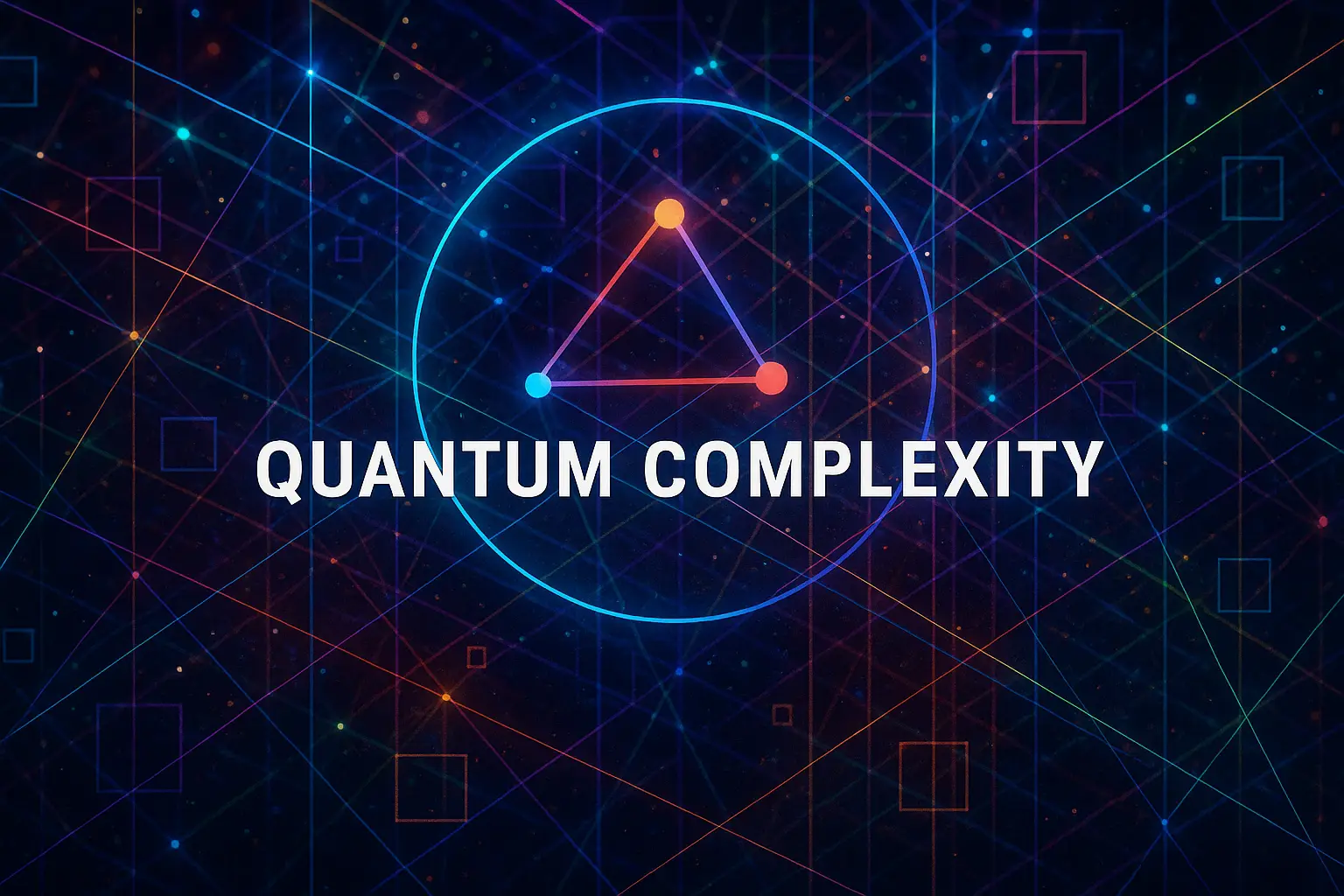Table of Contents
- Introduction
- What Are Relativized Worlds?
- Classical Context: P vs NP with Oracles
- Motivation for Studying Relativization
- Quantum Oracle Machines
- BQP with Oracles (BQP^O)
- Relativized Separations: BQP vs BPP
- BQP vs PH in Oracle Worlds
- Simon’s Problem and Oracle Constructions
- Fourier Checking and Relativized BQP
- QMA and QCMA with Oracles
- MIP*, Entanglement, and Relativized Protocols
- Random Oracles in Quantum Complexity
- Limitations of Relativization
- Non-Relativizing Techniques
- Barriers to Quantum Lower Bounds
- Oracle Separations and Cryptography
- Oracle Separations and Hardness vs Randomness
- Open Problems and Conjectures
- Conclusion
1. Introduction
Relativized worlds are hypothetical universes where all computations have access to the same oracle function. In quantum complexity theory, these models allow researchers to explore the power of quantum algorithms under controlled assumptions.
2. What Are Relativized Worlds?
A relativized world gives all Turing or quantum machines access to an oracle—a black-box subroutine—modifying the landscape of what problems are solvable and what class relationships exist.
3. Classical Context: P vs NP with Oracles
In classical complexity, Baker-Gill-Solovay showed there exist oracles A and B such that:
- P^A = NP^A
- P^B ≠ NP^B
This implies that relativizing techniques alone cannot resolve P vs NP.
4. Motivation for Studying Relativization
Oracle-based reasoning:
- Highlights class separations
- Identifies barriers in proof techniques
- Suggests limits of generalization from query models to real-world computation
5. Quantum Oracle Machines
Quantum oracle machines can query functions in superposition. This enhances power and speed for some tasks, such as Simon’s problem, Grover search, and hidden subgroup problems.
6. BQP with Oracles (BQP^O)
The class BQP^O consists of problems solvable by a bounded-error quantum polynomial-time machine with access to oracle O. This class changes depending on the oracle, revealing how quantum algorithms differ from classical counterparts.
7. Relativized Separations: BQP vs BPP
There exist oracles relative to which:
- BPP^O ≠ BQP^O
- BPP^O ⊂ BQP^O
These results show that quantum models are strictly stronger in some relativized settings.
8. BQP vs PH in Oracle Worlds
Quantum algorithms (e.g., Fourier checking) have shown that BQP can lie outside PH (polynomial hierarchy) relative to some oracles. This supports the conjecture that BQP ∉ PH even in the unrelativized world.
9. Simon’s Problem and Oracle Constructions
Simon’s problem was one of the first to demonstrate an exponential separation between quantum and classical query complexity. It forms the basis for oracle A where BQP^A ≠ BPP^A.
10. Fourier Checking and Relativized BQP
Fourier checking is used to construct an oracle problem solvable in BQP but hard for PH. This supports relativized separation between quantum polynomial time and classical hierarchy classes.
11. QMA and QCMA with Oracles
Oracles can also separate QMA (quantum proof) from QCMA (classical proof). For instance, there exist oracles such that QMA^O ≠ QCMA^O, revealing differences in verification power under relativized conditions.
12. MIP*, Entanglement, and Relativized Protocols
Entangled-prover interactive proof systems (MIP) use nonlocal correlations. Relativized worlds show how MIP can exceed classical MIP limits, leading to major results like MIP* = RE.
13. Random Oracles in Quantum Complexity
In random oracle models, the oracle is chosen uniformly at random. Quantum separations have been shown to persist even with random oracles, reinforcing the robustness of quantum advantages.
14. Limitations of Relativization
Relativized results cannot resolve unrelativized questions like P vs NP or BQP vs PH. They serve as heuristics, not proofs of separation in the real world.
15. Non-Relativizing Techniques
Some quantum class separations require non-relativizing tools:
- Interactive proof rewinding
- Circuit lower bounds
- Diagonalization beyond oracles
16. Barriers to Quantum Lower Bounds
Despite oracle separations, proving lower bounds (e.g., that PH ⊄ BQP) without oracles remains hard. Relativized worlds highlight this gap.
17. Oracle Separations and Cryptography
Quantum oracle separations help analyze quantum security. They show limits of classical reductions and inform the design of quantum-resistant cryptographic schemes.
18. Oracle Separations and Hardness vs Randomness
Oracle constructions also inform the relationship between randomness and computational hardness in quantum models. They help define limits of quantum derandomization and PRG-based reductions.
19. Open Problems and Conjectures
- Can BQP be shown to not be in PH unrelativized?
- Are there oracles separating QMA from PSPACE?
- What is the role of advice in oracle models?
20. Conclusion
Relativized worlds serve as a vital tool in quantum complexity. While they don’t resolve class separations conclusively, they shape our understanding of what is likely separable and illuminate quantum-classical distinctions in computation.


